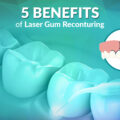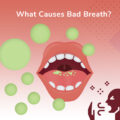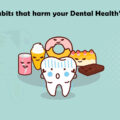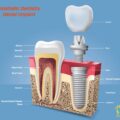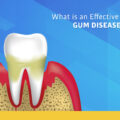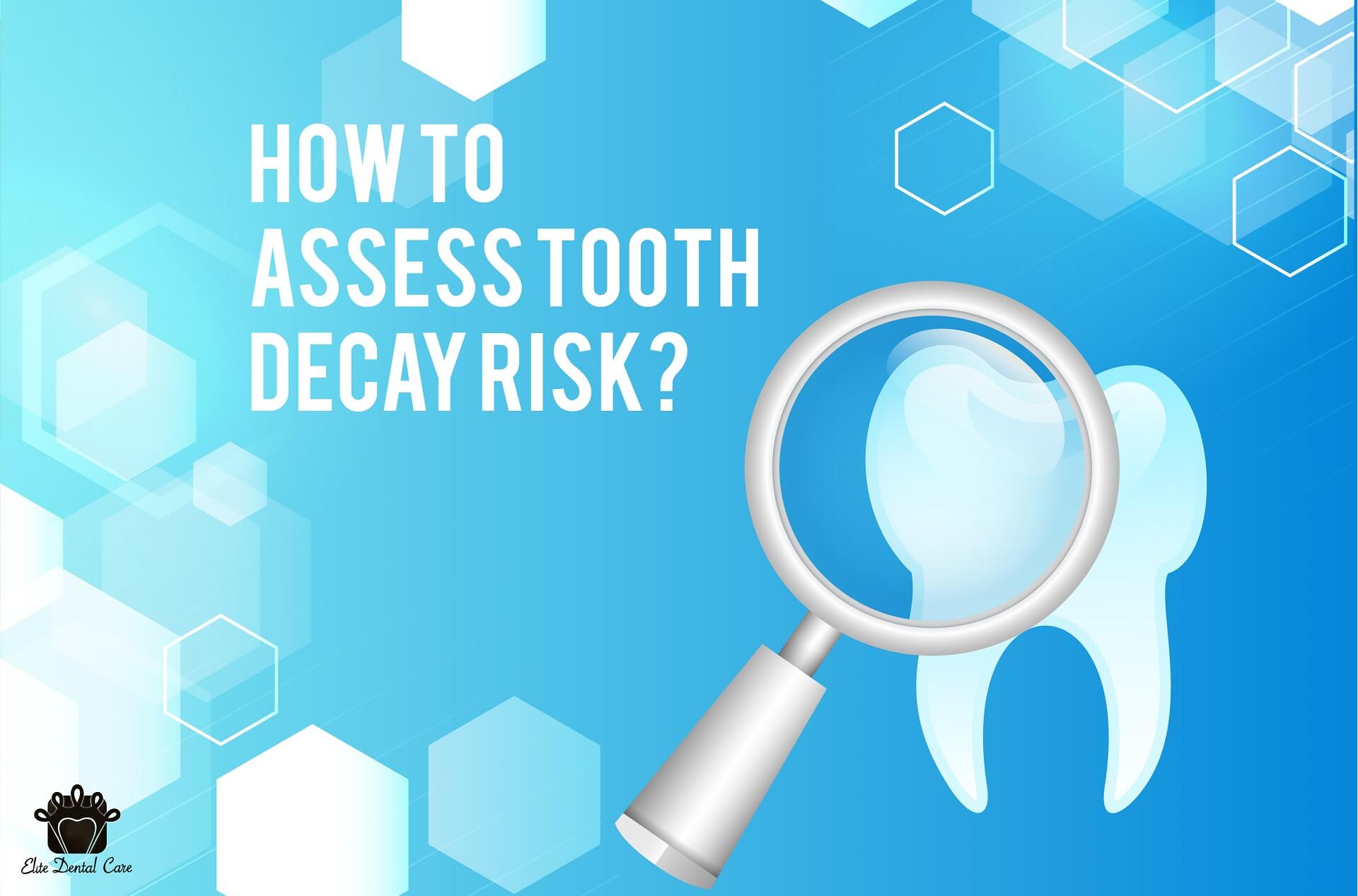
Uncategorized
edental
16 August 2020
How to assess your risk for tooth decay – Elite Dental Care Tracy
Everybody love their teeth!!! as they make our living comfortable and happy.
Our teeth are the white pearls that make our smile beautiful, help us chew the food we eat, and improves our digestion.
Our mouth is a biosphere, where the living organisms shelter and continuously interact with each other.
Saliva plays a vital role in defending the teeth, and maintain a neutral environment between the acids and bases.
If you eat sugary, sticky, coloured or junk foods, etc. they demineralize the teeth, increases the acidic nature of the saliva. The texture of the saliva depends on the foods you eat.
If you do not brush and floss your mouth thoroughly and regularly, you will be affected by common dental issues.
Tooth decay is one such common disease that is seen mostly in people of any age. It can lead to complicated dental issues if neglected, and it may lead to tooth loss if ignored.
There are different ways to calculate the risk of tooth decay and prevent its effects.
Here are the top 5 ways to assess the risk of tooth decay:
- Saliva testing:
Your saliva reveals your oral health. The measurement of the acidic nature of saliva in pH values between 1 to 14, pH value 1 indicates to be acidic, pH value of 14 is extremely basic, and pH value 7 is neutral.
Never let your mouth become dry. It promotes bacteria that cause decay along the gum line and teeth.
Try to take a lot of liquids, eat alkaline foods, and avoid sugary, junk to keep your saliva neutral
Use doctor-recommended mouthwashes and dental products for oral health.
- Decay detection:
Modern ultra-X-ray equipment helps you to detect the decay at its earliest stages.
Doctor’s instruments detect the decay in the mid or the final stages. However, if the diagnosis happens at earlier stages, home precautions can cure them accordingly.
Remineralized fluids, fluoridated teeth products, and calcium-rich foods are a few home remedies, that treat the decay in the earlier stages.
- Decay detection by habits:
Our oral habits gather information about oral hygiene. It depends upon our eating habits.
Intake of sugary foods, frequent snacking of acidic, and junk foods, or dry mouth for long time damage affects your oral health.
If the bacteria, plaque, or cavities formed on the teeth are left untreated, a white biofilm, dark spots form on the teeth indicates a dental decay.
- Dental Prophylaxis:
Dentists suggest scheduling regular visits to avoid dental issues and monitor dental health.
A dental prophylaxis is one of the procedures during dental visits. This procedure involves deep cleaning of the teeth.
It halts the progression of periodontal diseases, assesses, and cures the existing decay, bacteria, plaque, etc.
- Unruly factors that form tooth decay:
Respiratory diseases like asthma cause dryness of the mouth and result in oral issues like dental decay.
Baby bottle tooth decay: When a baby puts the milk bottle in the mouth for more time, the sugary products in the milk or the formula milk results in tooth decay.
Adults have receding gums that result in tooth decay or other oral issues.
Young children whose teeth are still growing doesn’t have stable minerals in the new teeth, which results in dental issues like tooth decay.
These are the risk factors that every individual should observe and keep track of in their routine.
If tooth decay does is left untreated or ignored, it might lead to teeth extraction.
Practice oral hygiene and discipline in your routine, to avoid oral issues like tooth decay.
If your oral health is perfectly alright, schedule professional teeth cleaning at least twice in a year.
Afterall white and shining teeth are the base of your smile, and “a smile is a priceless and an important accessory in your life.”
